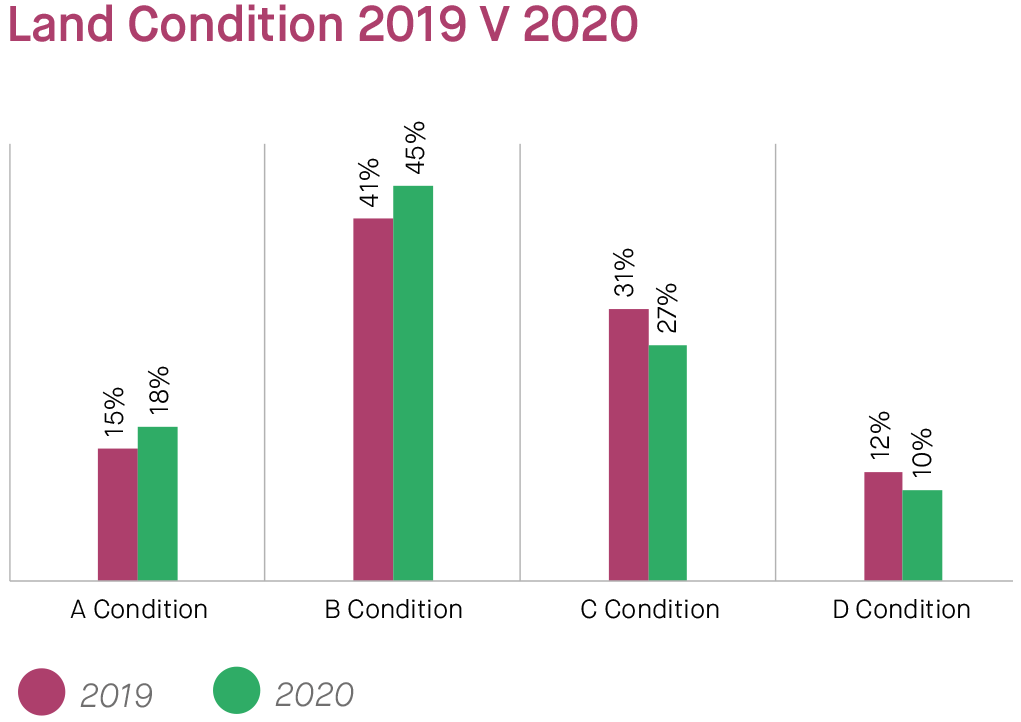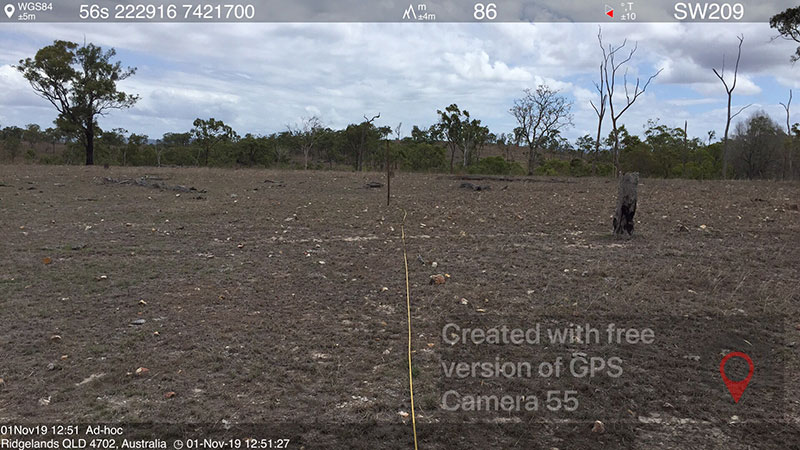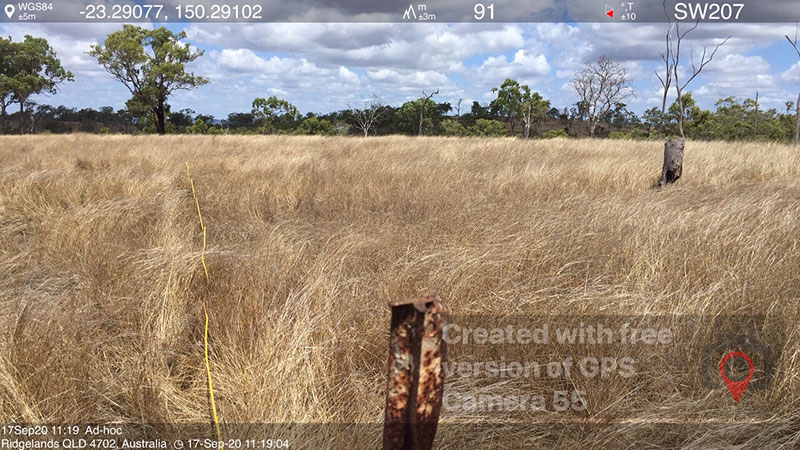Through Project Pioneer, producers gained knowledge to better understand soil health, ecology and best practice operational methods, to improve the condition of their land.
Producers learned that while seasons are variable, they can employ a suite of tactics to continuously enhance the health of their property by growing ground cover and biodiversity, and make calculations to optimise their feed to cattle ratio. Together, these measures help to ensure producers are not overstocked and, therefore, don’t feel pressure to sell into unfavourable markets, contributing not just to ecological health but also the profitability of the business.
While it can take many years to achieve long-lasting improvement in land condition, producers in Project Pioneer properties demonstrated the average ground cover in September 2019 was 77.2%, and by September 2020 it was 80.5%.
Producers use fixed point photographs, taken every six months, to document the vegetative progress. Layering these simple, yet effective, observations with strategic stock movement and grazing have been a game changer for many.
of erosion being treated through Project Pioneer
%
increased their use of feed budgeting and recording pasture data
%
graziers boosted paddock spelling and rotation
erosion structures installed

This graph demonstrates land condition across 32 properties which were assessed in both 2019 and 2020. The amount of land in condition A and B increased from 57% to 63%, while land in condition C and D decreased from 43% to 37% over the 12 month period, indicating a positive shift in a short timeframe. The participants whose properties were assessed, commenced Project Pioneer in 2019.

Fixed point photo: The Booths property in 2019 vs 2020.





Project Pioneer is funded by the partnership between the Australian Government’s Reef Trust and the Great Barrier Reef Foundation. The project is delivered by RCS with support from WWF, Maia Technology, Farm Map 4D and CQUniversity.
